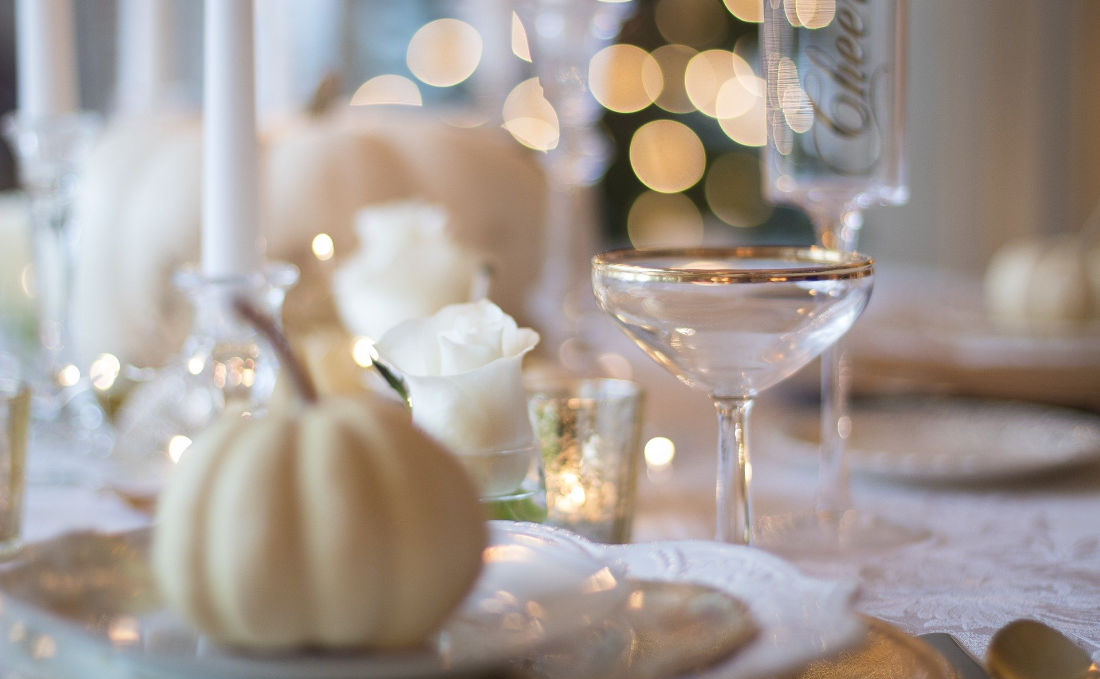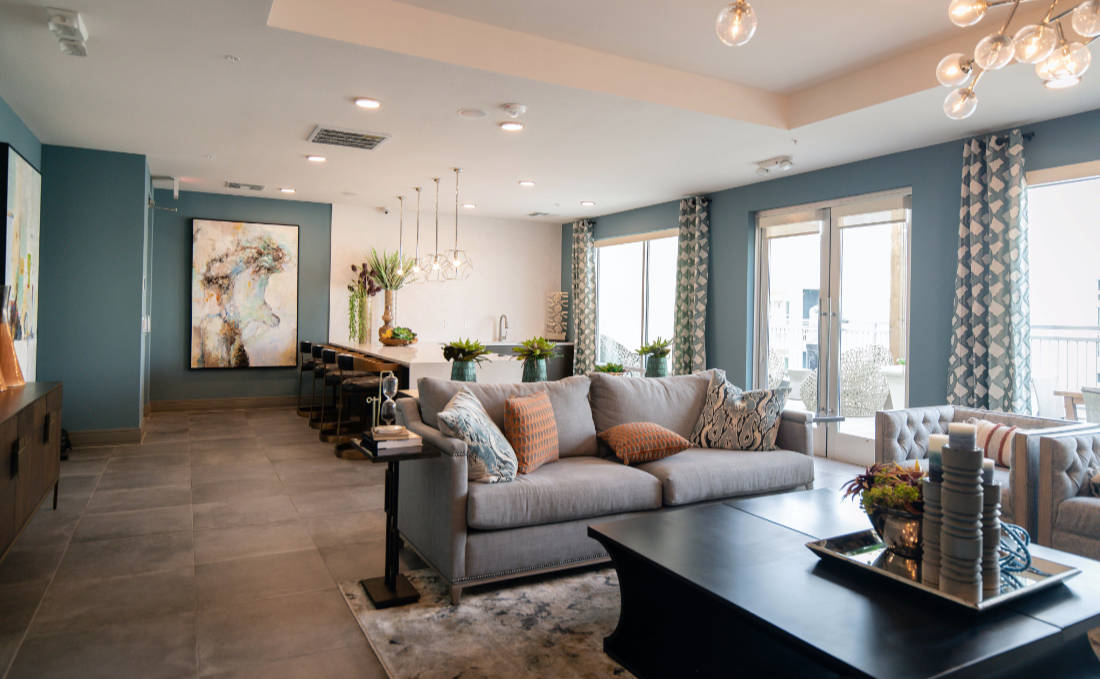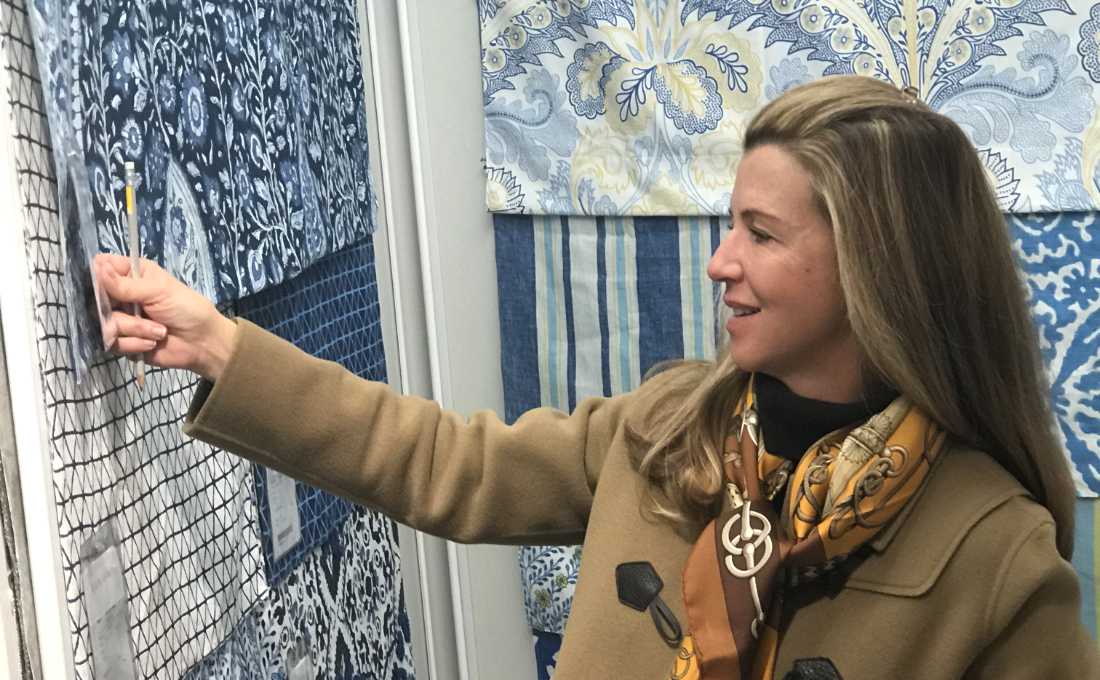Preparing Your Home For Thanksgiving During COVID
Despite the uncertainties and difficulties of this year, we’ve made it to the holiday season, and Thanksgiving preparations are underway! Whether you’re celebrating indoors with family or hosting an outdoor celebration in your backyard, here are tips to ensure you have a safe, beautiful, and elegant Thanksgiving Feast.
Tip 1: Preparing your home
If you’re inviting friends and family to your home for Thanksgiving, cleanliness will be on everyone’s mind. It’s important to ensure that your home is spic-and-span, so that everyone feels comfortable. Be sure to use disinfectant on commonly touched surfaces, and have disinfectant gel on hand for when the guests arrive. Stock your bathrooms and sinks with enough hand soap, and consider investing in individual hand towels for your guests to use.
In addition to your usual cleaning routine, this is the time to go the extra mile for your guests. Cleaning the outside of your home and making sure the inside walls are spotless instantly elevates a space. If your house is older and is in need of a new paint job, now is the time to do it, especially before it gets too cold. Contact us for outside painting or to power wash the outside walls. Likewise, if you want to repaint your interior, get it done sooner rather than later. Check out our tips for choosing the best paint color.
Tip 2: Lighting is everything
Having beautiful lighting to set the mood is an easy way to spruce up your celebrations. If you’re celebrating outside, look into battery operated decorative lanterns or fairy lights. Additionally, investing in fire pits and heaters is a wonderful way to add warmth and a cozy Fall atmosphere. They also ensure your guests won’t get too cold during dinner. If you’re celebrating indoors, be sure to clean all the light fixtures of any dust or grime. Consider getting light dimmers installed so that you can dim the lights as the evening goes on to set the mood. Lastly, if you have an indoor fireplace, give it a clean and prepare to light up on Thanksgiving day!
Tip 3: Preparing the menu
When planning the Thanksgiving menu, it’s important to consult with your guests ahead of time and make certain decisions before any cooking begins. Be sure to make note of any dietary requirements or allergies that your guests may have. You also want to find out whether your guests will be bringing any food with them, and if so, what kind of prep they’ll need before serving. Look on Pintrest or browse the internet for any new trendy recipes you want to try. We recommend sticking to a fairly traditional menu, with one or two new recipes as your wow factor!
Many people will make the mistake of planning what they want to make without planning a cooking schedule for the day. Ideally, you want everything to come together at the same time, right before serving. Figure out what you can make in advance, what can be reheated, and what needs to be made on the day. If you have others helping you out, assign different roles and dishes to be prepared. And don’t forget to defrost the turkey!
Tip 4: The devil is in the details
When it comes to hosting a dinner, no detail is too small.
- This is the perfect time to pull out the china! Make sure to wash them to remove any dust.
- Polish your silverware using hot water and a dish towel.
- Glasses can be polished by filling a cup with boiling hot water; hold the glass upside down above the water to steam it; once it’s steamed, go in with a clean dish towel or napkin to remove any fingerprints and watermarks; hold the glass up to the light to see the glass is perfectly polished; hold wine glasses by their stems or use gloves to avoid getting any additional fingerprints on the glass.
- Get the tablecloths and napkins in the washing machine and give yourself enough time to iron out any wrinkles. This is also a great opportunity to learn some napkin folding techniques to truly impress your guests!
- Add Fall decor! Always add a beautiful fall-flower arrangement to have on the table before the food is served. You can also consider adding a fall-inspired wreath on the door. Light some warm-scented candles to further create a cozy autumn atmosphere.
- Have your music playing for when the guests arrive. There is nothing more awkward than walking into a dinner-party that’s silent. Place your speakers in a discreet but accessible place, and put on your favorite tunes. Alternatively, there are plenty of premade dinner-party playlists you can find online. Soft jazz or piano music adds elegance and atmosphere without becoming distracting.
Tip 5: Remember what Thanksgiving is about!
Hosting a dinner party, let alone Thanksgiving, is no small task–especially with Covid-19. Things are bound to go wrong and you may find yourself feeling overwhelmed at some point. That’s okay! Just remember that Thanksgiving is about being grateful. Nothing is as important as being with the people you love during this difficult time. And as long as you’re together, everyone will have plenty to be thankful for.



